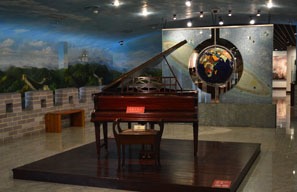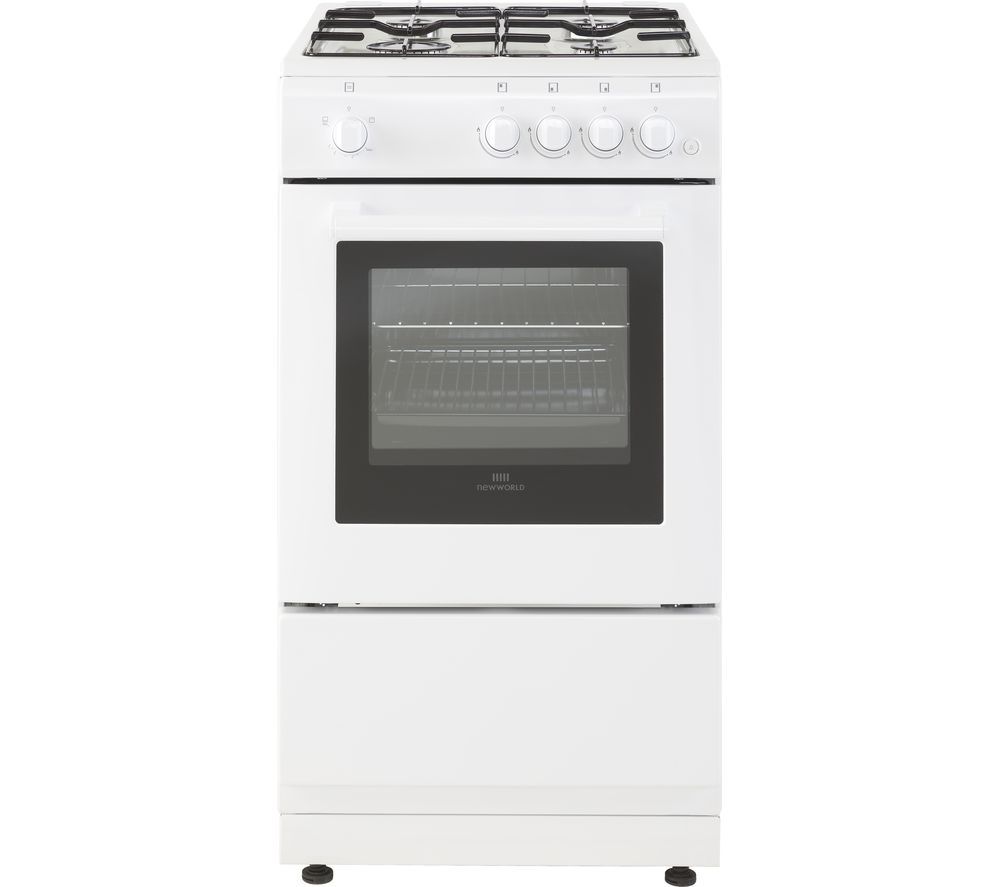
since the fruit is easily found in the backyard it becomes an ready ingredient when an Iban catches a river tortoise, which may weigh from 3 kg to even 8 kg. If a large one is caught, the Iban family can share the delicacy with their neighbours. There is seldom a question of selling such exotic meat to neigbhours in the real communal sense.
This dish of pineapples and river tortoise is easy to make. A pot of water with ginger and some chillies is brought to the boil. After a few minutes of more boiling, the cut pieces of the meat are placed in the pot for simmering. When the cartilage of the river tortoise is soft and breaks easily with a fork, the pineapple slices are added to the pot. Pepper, and salt are then added. Once the soup tastes good and flavoursome, the fire can be switched off and the dish served.
Because river tortoise does not get caught easily, the longhouse people also find it difficult to plan ahead to have the dish served on certain festivals.
But if you are visiting and the Iban family happens to have caught a river tortoise, what a nice welcome dish this can be for you. Enjoy the fellowship.





 A piano displayed in the Oversea Chinese Museum (photo credit : OC Museum
A piano displayed in the Oversea Chinese Museum (photo credit : OC Museum































